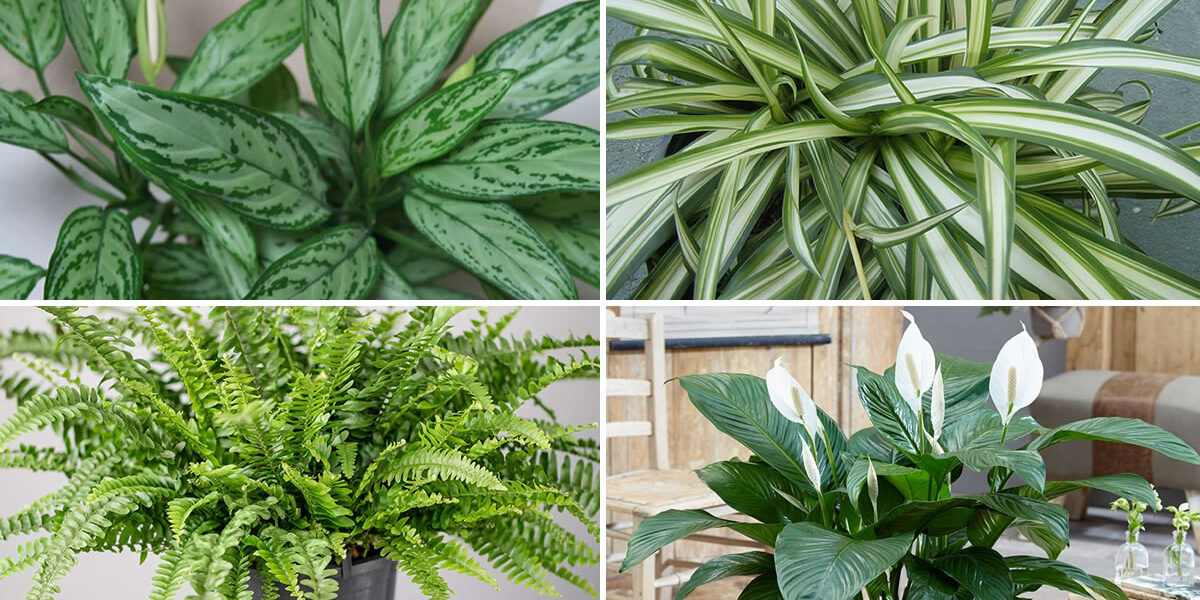The air in our homes and offices is getting worse and worse. From paints to cleaning products to chemical compounds released by furniture and appliances, the air we breathe in enclosed spaces is not as pure as many of us think.
The ability of most plants to produce oxygen is well known, but few know that some plants are even capable of purifying the air in our homes, blocking those volatile chemicals and toxins that end up being inhaled and are harmful to our health.
Plants are not only a decorative element, but they are also very useful and important for our health. NASA has compiled a list of the most effective houseplants for purifying the air in your home.
1. Areca
It is one of the best plants to purify the air in your home. Its main characteristic is its ability to purify the air by removing formaldehyde, xylene and toluene.
Water the areca regularly and expose it to light, but not direct sunlight. Living rooms are undoubtedly the best spaces for this plant.
The air in our homes and offices is getting worse and worse. From paints to cleaning products to chemical compounds released by furniture and appliances, the air we breathe in enclosed spaces is not as pure as many of us think.
The ability of most plants to produce oxygen is well known, but few know that some plants are even capable of purifying the air in our homes, blocking those volatile chemicals and toxins that end up being inhaled and are harmful to our health.
Plants are not only a decorative element, but they are also very useful and important for our health. NASA has compiled a list of the most effective houseplants for purifying the air in your home.
1. Areca
It is one of the best plants to purify the air in your home. Its main characteristic is its ability to purify the air by removing formaldehyde, xylene and toluene.
Water the areca regularly and expose it to light, but not direct sunlight. Living rooms are undoubtedly the best spaces for this plant.
2. Aloe vera
It is able to purify the air and eliminate toxins such as formaldehyde and benzene, which are found in paints and floor cleaning products.
Place the aloe vera plant in a sunny corner and water infrequently.
3. Pothos
One of the best-known and most popular home air-purifying plants. One of its advantages is that it does not need much care, as it should be watered infrequently. For this very reason, pothos is very popular in homes and offices.
Pothos is capable of absorbing harmful substances such as formaldehyde, xylene and benzene.
4. Sansevieria
This plant produces oxygen during the night hours and purifies the air in the home by removing benzene, formaldehyde, trichloroethylene, xylene and toluene.
Sansevieria is one of the hardiest plants in the world, needs little water and adapts well to spaces with little light.
5. Swedish ivy
Widely used in indoor environments, it can remove contaminants such as benzene, formaldehyde and toluene. However, it is a toxic plant for children, dogs and cats, which is why it is important to place it out of their reach.
Place the plant in a lighted corner but away from direct sunlight. Water it once a week.
6. Gerbera
It produces high levels of oxygen at night, and eliminates harmful substances such as benzene and trichloroethylene. It is a beneficial plant for people suffering from apnea and respiratory diseases.
The gerbera can be placed in the bedroom, but it needs direct light in summer, spring and fall, and indirect during winter.
7. Phalangium
Well-known and widespread, phalangium can eliminate toxins and harmful compounds in the air. The plant is not toxic to pets.
You can put phalangium anywhere, and it is also very easy to propagate it.
8. Ficus benjamin
It can absorb and reduce levels of formaldehyde, xylene and toluene. Nevertheless, it is a delicate plant that does not like change.
Place your ficus benjamin in a place that is well lit but not exposed to sunlight or drafts.
9. Chrysanthemum
Chrysanthemum helps filter out a large amount of toxins, including ammonia and benzene, two compounds found in plastics, detergents and glues.
Chrysanthemum likes sunlight and should be watered whenever the soil is dry to the touch.
